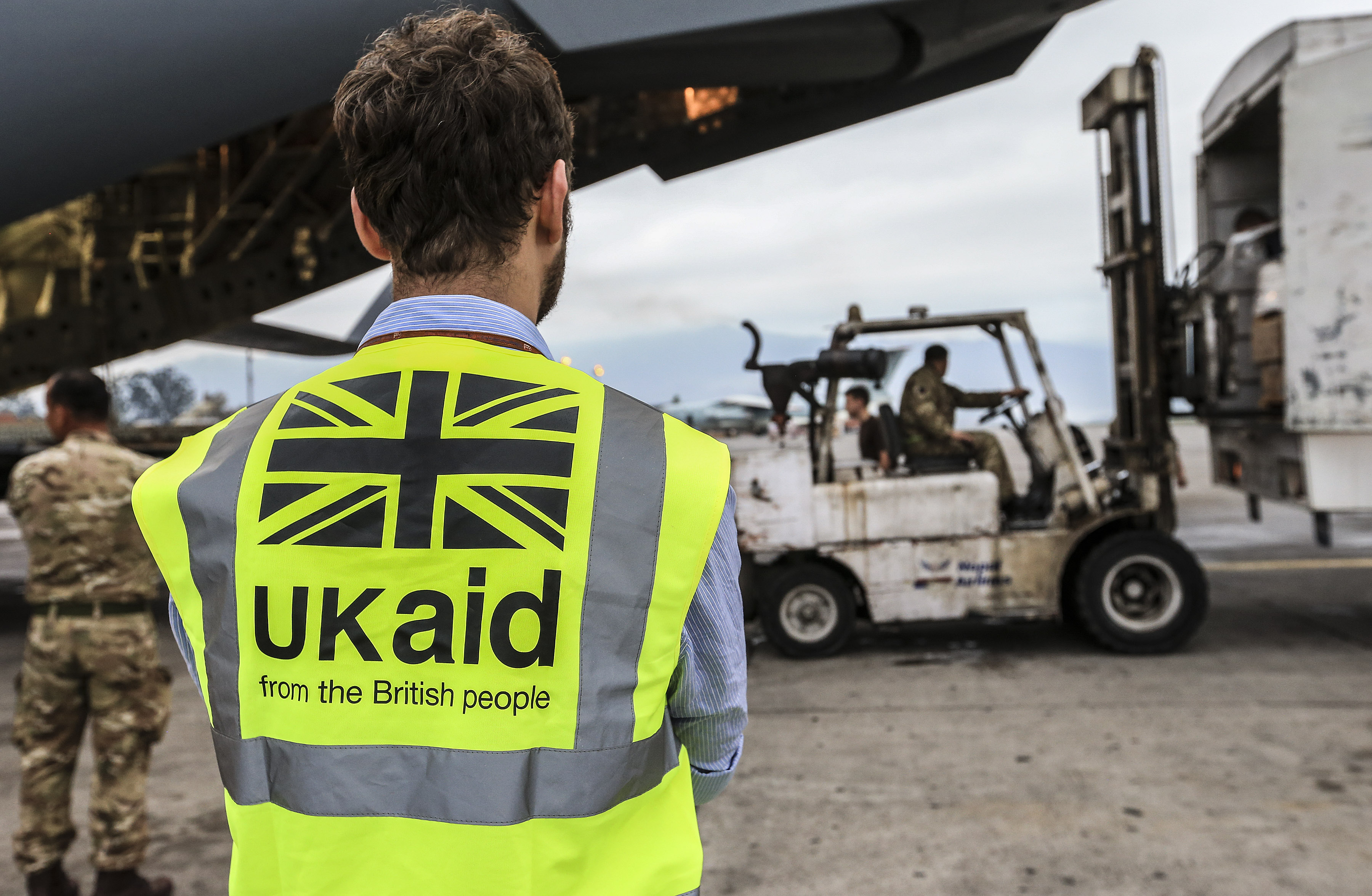This week, ahead of World Humanitarian Day on August 19th, we are shining a light on humanitarianism – work which saves lives, alleviates suffering and promotes human dignity.
This post lists some examples of prominent British humanitarians and aid workers. This list is not exhaustive and contains only a very small selection of Britain’s humanitarians and aid workers, but mixes both old and new names, as well as a variety of passions and causes. Please feel free to give details of other humanitarians and aid workers in the comments.
Graham Turnbull
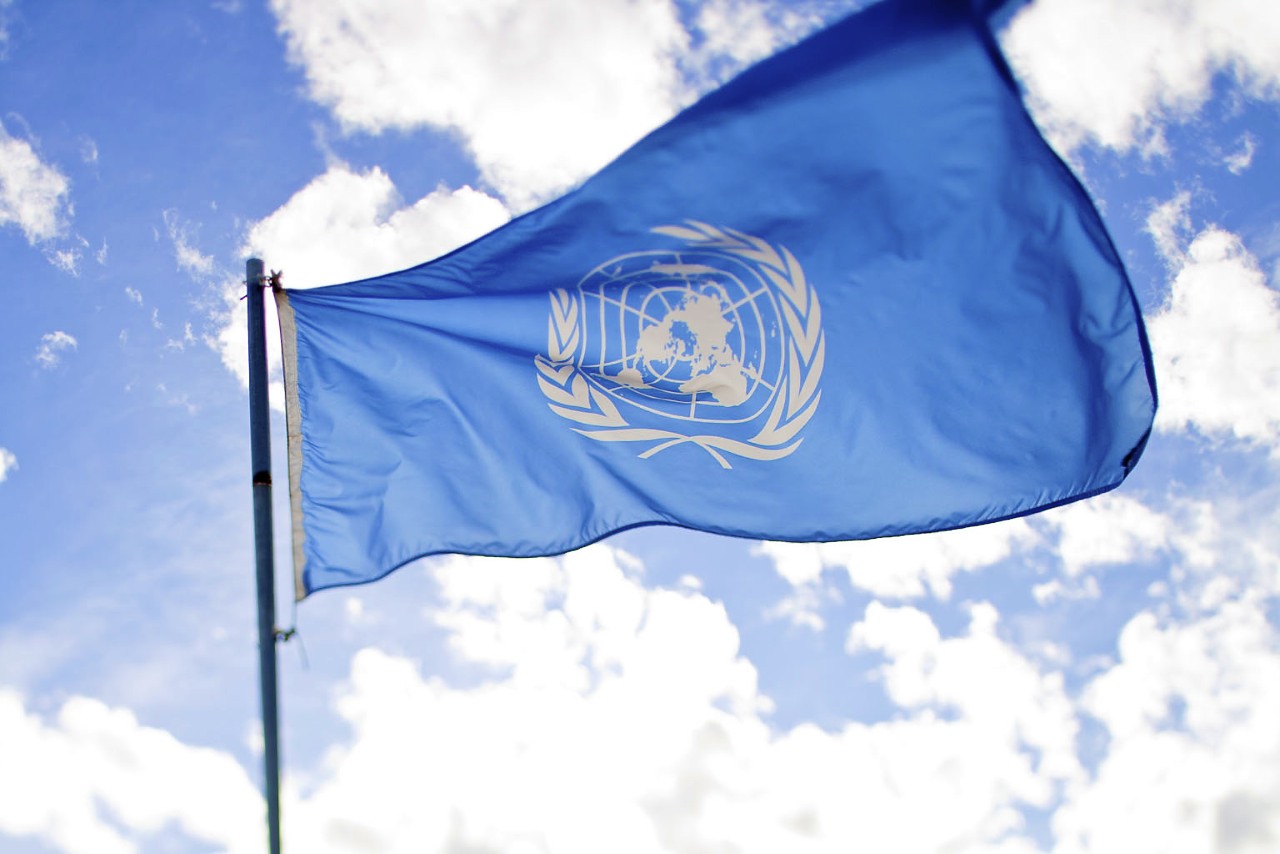
Graham Turnbull was a human rights lawyer who worked with the United Nations (‘UN’) High Commission for Refugees for more than two years in Rwanda, where, at the time, the genocide of Tutsi people by the Hutu majority government had recently ended. Turnbull was killed in South-West Rwanda in 1997 aged 36, along with other UN workers. After the killing of several aid workers, including Graham Turnbull, the UN pulled hundreds of aid workers out of several provinces in Rwanda.
The Law Society of England and Wales (which represents solicitors) set up the Graham Turnbull human rights essay competition, lecture and travel award in Turnbull’s memory.
Diana, Princess of Wales
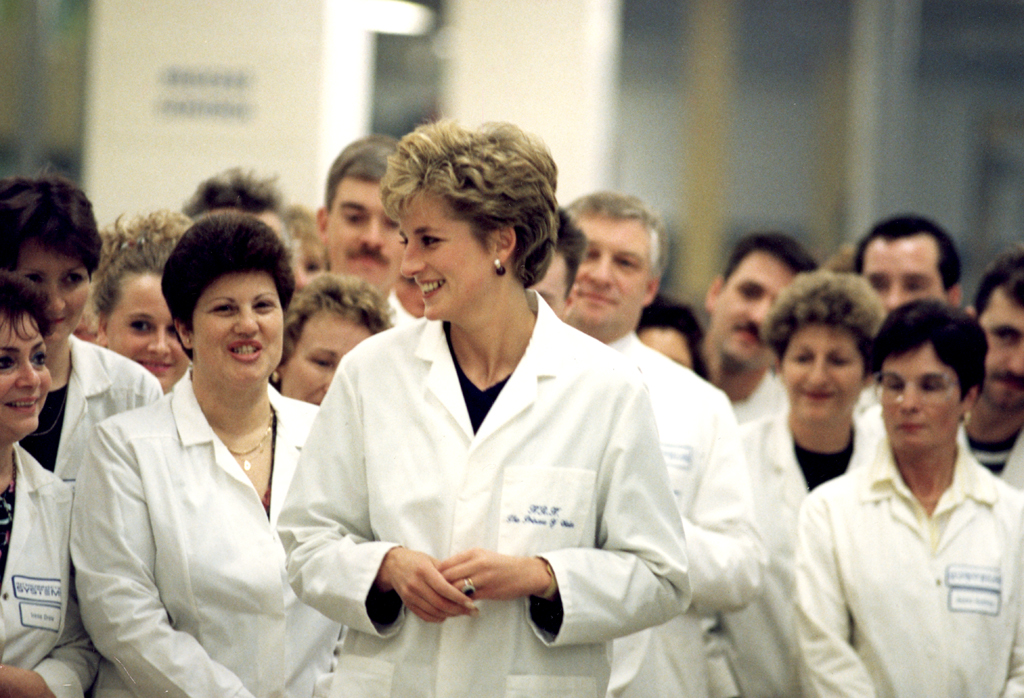
Diana, Princess of Wales, is remembered for her humanitarian work, which included causes like HIV/AIDS, leprosy, hospitals and those affected by landmines, in the UK as well as overseas. She dedicated lots of time to speaking with and visiting people in hospitals and who suffered from HIV/AIDS, and used her position as a public figure to raise awareness of and funds for various charities and organisations.
After her death, many charitable donations were made in her memory, so the Diana, Princess of Wales, Memorial Fund was established to distribute these donations. From 1997 until 2012 the fund supported, among other things, palliative care in sub-Saharan Africa, a campaign to reduce the number of children and young people in prison in the UK, and organisations working with refugee children in the UK.
Eglantyne Jebb
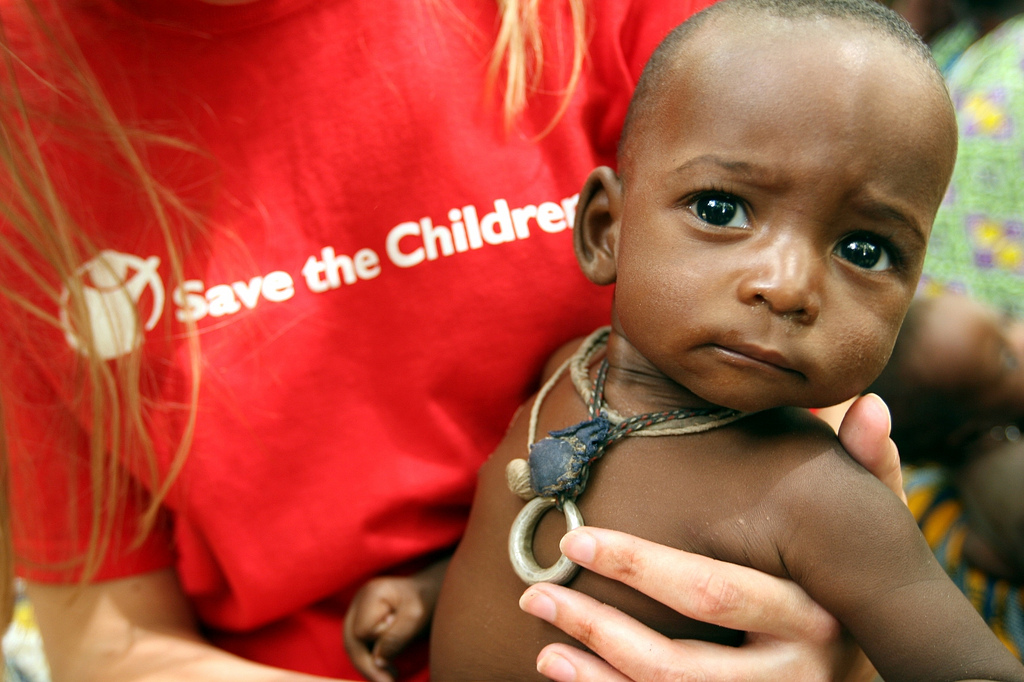
After the First World War, Britain maintained a blockade that left children in cities like Berlin and Vienna starving. Eglantyne Jebb was part of a ‘Fight the Famine’ movement. In early 1919, she was arrested for distributing leaflets in Trafalgar Square, London, which showed shocking imaging of starving children in Europe. Jebb was tried for her protest and found guilty, but the judge was so impressed with her that he offered to pay the fine (£5) himself. Jebb then set up the Save the Children Fund in May 1919, expanding rapidly from the UK across Europe.
After years of working to provide clothes and food to children, Jebb began to focus on children’s rights. She drafted the Declaration of the Rights of the Child, which was adopted by League of Nations (predecessor of the UN) in 1924 and by the UN itself in 1959. The Declaration was a forerunner of the more modern UN Convention on the Rights of the Child. Since Jebb’s death in 1928, Save the Children has expanded to help children across the world – including concentration camp survivors, refugees and those affected by conflict.
Dr. Jack Preger
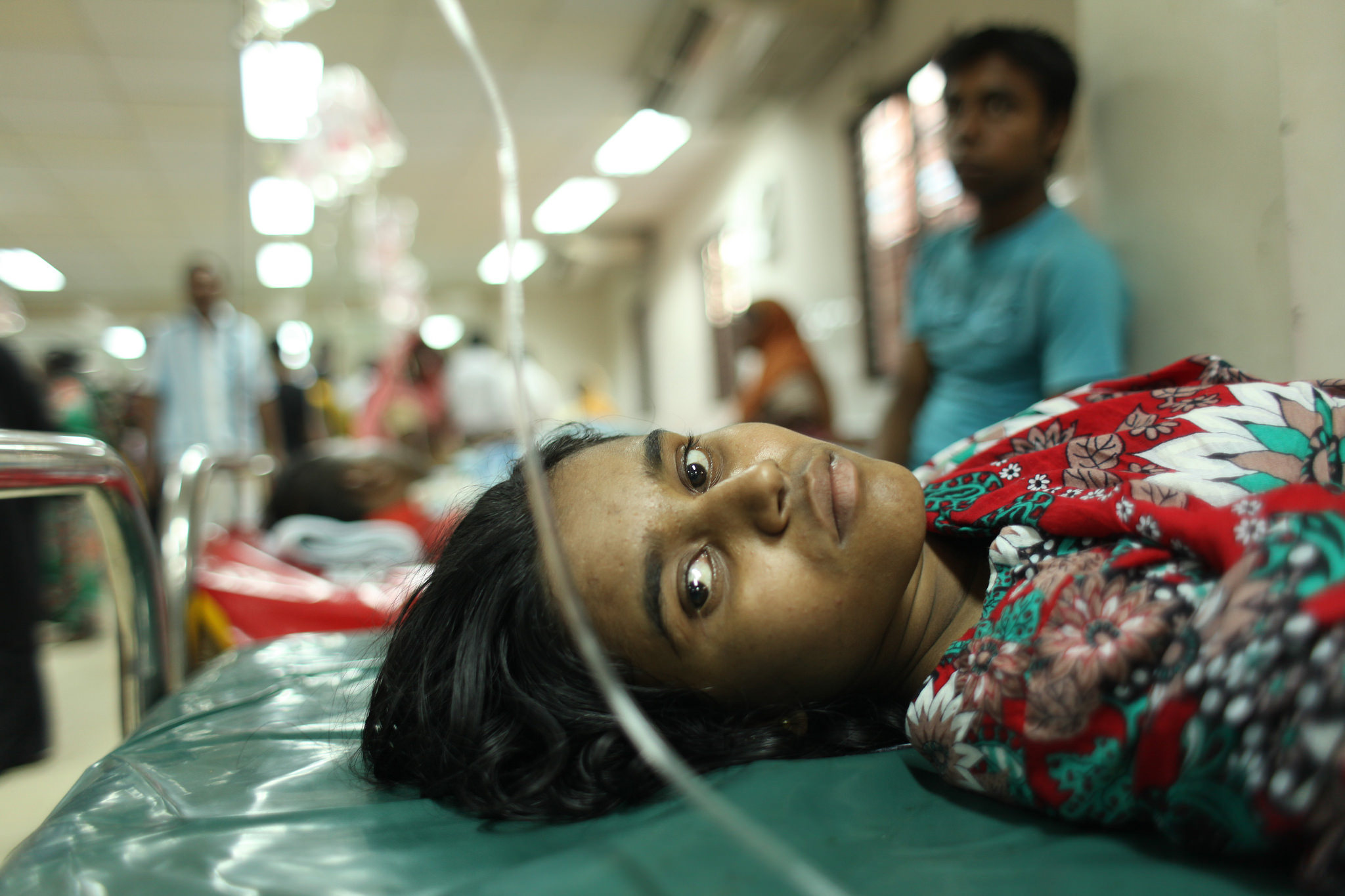
Jack Preger is a British doctor who has been providing medical treatment and vocational training to poor people in Asia since 1972. Preger began providing medical services in Dhaka, Bangladesh, but relocated to Kolkata, India, where he worked for some time in one of Mother Teresa’s charities. He criticized the charity for having inadequate medical care standards, which he said were harming patients.
In 1991, Preger set up Calcutta Rescue, an organisation operating clinics, schools and vocational centres in Calcutta and West Bengal. The clinics offer free treatment for various diseases, including tuberculosis and leprosy, in addition to running initiatives to tackle diseases that are very prevalent in slums.
These are just four examples of great British humanitarians and aid workers. There is no denying that humanitarian and aid work is crucial – in the aftermath of conflicts and natural disasters, providing medical care to those unable to afford it and promoting human rights and human dignity.
Learn more about humanitarianism and how it protects human rights here. Take a look at our key cases on what human rights do for children and health, our other children’s rights and health resources.

